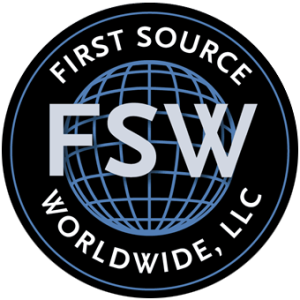What Type of Finish Does Your Fabric Need?
In textiles, there are many different finishes that can be applied to promote the performance and effectiveness of the finished fabric. In this blog, I am going to talk about hydrophobic and hydrophilic finishes and how they enhance a fabric’s end use.
Hydrophobic
First let’s understand the meanings of each word. Hydrophobic: when we breakdown the word, “hydro” is derived from the Greek word meaning water, and “phobic” is also of Greek origin, from the word phobia, meaning having or involving an extreme or irrational fear of or aversion to something. Therefore, hydrophobic finished fabrics do not like water and will repel water. The type of hydrophobic finish selected will affect the quality of the fabric and its durability during washing. A hydrophobic finish is typically applied by filling in the fabric pores with a film-forming compound or by applying to individual fibers or fabrics of compounds which repel water. Some end uses for fabrics treated with hydrophobic finishes are: outdoor furniture, tablecloths, curtains, tarps, tents, grill covers, rainproof coats, protective clothing, and many other products that require waterproof fabrics.
Hydrophilic
The exact opposite is true for hydrophilic finished fabrics. “Hydro,” we already know, means water. “Philic” is derived from the Greek word philos, meaning to have an affinity or a love for. Hydrophilic finished fabrics have an affinity to water and an attraction or love for water. You apply hydrophilic finish in the same manner, but these finishes transfer water in a process called “wicking” or “moisture management.”
Fibers that like cotton, wool, and linen are naturally hydrophilic, but synthetic fibers such as polyester, acrylic, and modacrylic are naturally hydrophobic and have poor absorbency, so these fibers need help to have an attraction or a love of water, therefore a finish is necessary for hydrophilicity. Moisture management is controlling the movement of moisture away from the body. Fibers treated with a hydrophilic finish wick away moisture while keeping the body cool and dry. These fabrics transport moisture away from the skin through to the surface of the fabric. This process of transferring water is known as wicking. An end use for fabrics treated with hydrophilic finishes is performance athletic wear (“How Your Athletic Apparel Is Working as Hard as You”).
In conclusion, knowing the type of fabric and end use of the fabric, will determine the type of finish used. Hydrophobic finishes will repel water, while Hydrophilic finishes have an affinity for water. To visit First Source Worldwide’s coating dyes and chemicals page, click the picture below!



